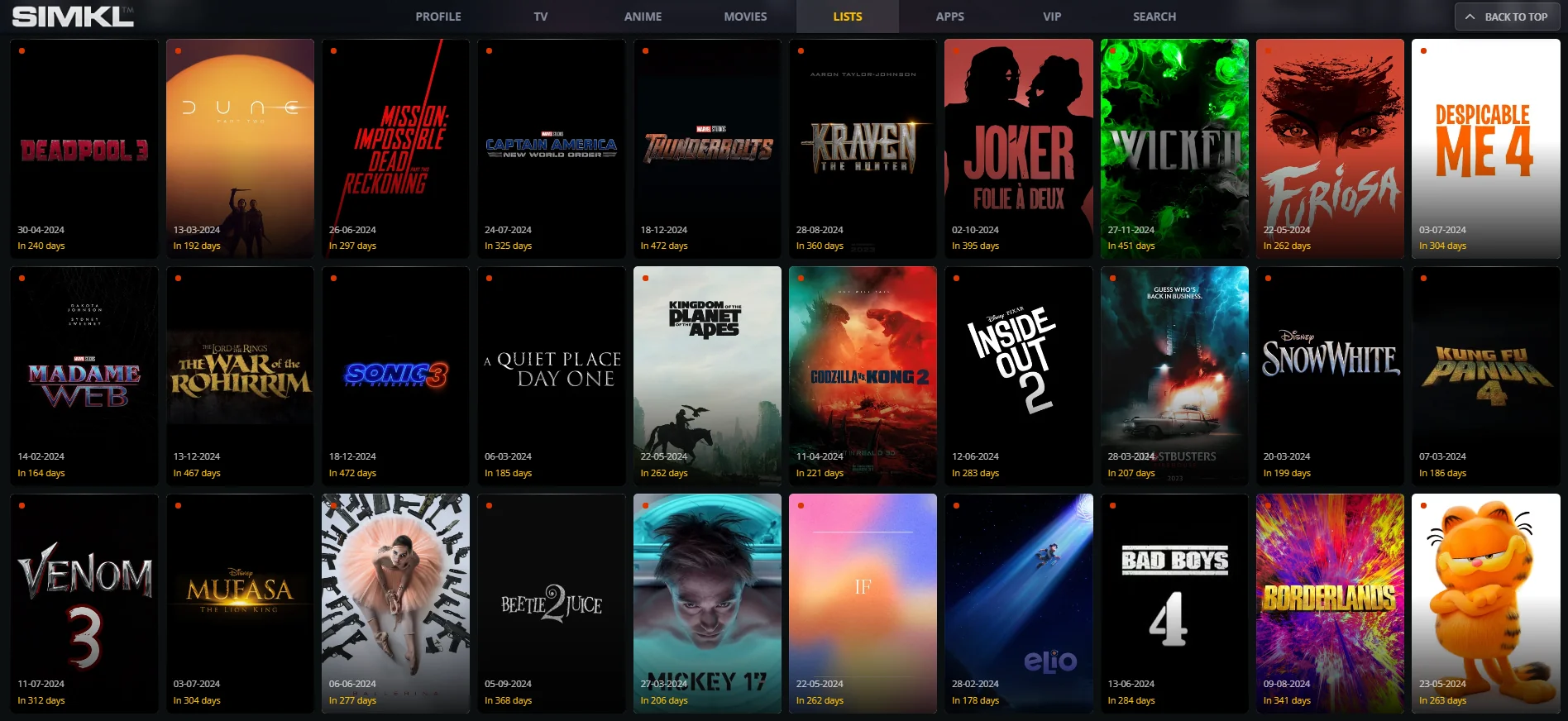Brand Value Proposition: What It Is and How to Create One
Unlock the potential of your website with Webinfomatrix’s Perfect On-Page SEO Checklist. Our comprehensive guide is designed to elevate your lead generation efforts, ensuring your site is optimized to attract and convert quality leads. With proven techniques and expert tips, Webinfomatrix helps you drive more traffic and turn visitors into valuable customers. Don't miss out on the opportunity to boost your leads and grow your business.

In today's competitive market, standing out is more challenging than ever. Brands are constantly vying for consumer attention, and to rise above the noise, they must offer something truly unique. This is where a Brand Value Proposition (BVP) comes into play. It is the foundation of a brand’s identity and a critical tool for attracting and retaining customers. In this blog, we’ll explore what a brand value proposition is, why it’s important, and how you can create a compelling one that resonates with your audience.
What Is a Brand Value Proposition?
A Brand Value Proposition is a concise statement that clearly communicates the unique benefits that a brand offers to its customers. It answers the fundamental question: "Why should customers choose this brand over its competitors?" This proposition is more than just a tagline or a slogan; it's a strategic declaration that defines the core of what a brand promises to deliver.
In essence, a strong BVP highlights:
- What the brand offers.
- Who the target audience is.
- Why the brand’s offering is better than the competition.
Why Is a Brand Value Proposition Important?
The importance of a BVP cannot be overstated. It serves as the guiding light for all brand communications and marketing efforts. Here’s why it’s crucial:
Differentiation: In a crowded marketplace, a well-defined BVP sets your brand apart from competitors. It highlights what makes your brand unique, ensuring that customers can easily see the value you bring.
Clarity: A BVP provides clarity for both the brand and its customers. It helps the brand stay focused on its core strengths and ensures that all marketing messages are consistent and aligned with the brand’s identity.
Customer Connection: A compelling BVP resonates with your target audience, addressing their specific needs and desires. It creates an emotional connection that goes beyond the functional benefits of your products or services.
Guidance for Decision-Making: For internal teams, a BVP offers a clear direction. Whether it's product development, marketing strategies, or customer service, the BVP helps ensure that all decisions align with the brand’s core value.
Components of a Strong Brand Value Proposition
A powerful BVP is built on several key components:
Target Audience: Identify who your brand is speaking to. Understand their demographics, needs, pain points, and preferences. The more specific you can be about your target audience, the more effective your BVP will be.
Benefits: Clearly articulate the benefits your brand offers. These can be functional, such as solving a problem, or emotional, such as providing peace of mind or joy. The benefits should directly address the needs of your target audience.
Differentiators: Highlight what makes your brand unique. This could be an innovative feature, exceptional customer service, or a commitment to sustainability. Your differentiators are what set you apart from the competition.
Proof: Support your claims with evidence. This could include testimonials, case studies, awards, or data that demonstrate how your brand delivers on its promises.
Clarity and Simplicity: A strong BVP is easy to understand and remember. Avoid jargon and keep the language clear and straightforward.
Steps to Create a Compelling Brand Value Proposition
Creating a BVP is a strategic process that requires deep understanding of both your brand and your audience. Here’s a step-by-step guide to help you craft a BVP that resonates:
Conduct Market Research
Before you can define your BVP, you need to understand the market landscape. This involves analyzing your competitors, identifying trends, and gathering insights about your target audience. Use surveys, focus groups, and interviews to collect data on what your customers value most.
Identify Your Unique Selling Points (USPs)
What makes your brand different from others in the market? Identify your unique selling points, which could be anything from the quality of your products to your brand’s story or your customer service. These USPs will form the backbone of your BVP.
Understand Your Customer’s Needs
Your BVP should address the specific needs and pain points of your target audience. Create detailed buyer personas that outline these needs, and tailor your value proposition to address them directly.
Draft Your Value Proposition Statement
Using the insights from your research, draft a clear and concise value proposition statement. A common formula for writing a BVP is:
“For [target audience] who [need or desire], [brand] offers [product/service] that [benefit or solution]. Unlike [competitor], our [product/service] provides [unique differentiator].”
For example:
“For busy professionals who need a convenient meal solution, Freshly offers freshly prepared, ready-to-eat meals delivered to your door. Unlike traditional meal delivery services, our meals are chef-crafted and use high-quality ingredients for a nutritious, delicious experience.”
Test and Refine
Once you’ve drafted your BVP, it’s important to test it. Share it with team members, stakeholders, and even a sample of your target audience. Gather feedback and refine your statement until it clearly communicates the unique value of your brand.
Integrate Your BVP Across All Touchpoints
Your BVP should be integrated into all aspects of your brand’s communication and marketing efforts. This includes your website, social media, advertising, and even internal communications. Consistency is key to ensuring that your message resonates with your audience.
Examples of Strong Brand Value Propositions
To further illustrate what a compelling BVP looks like, let’s examine a few examples from well-known brands:
-
Apple: "The best experiences. Only on Apple."
- Apple’s BVP focuses on the unique experience that only their products can provide, emphasizing innovation, quality, and a seamless ecosystem.
-
Nike: "Inspiration and innovation for every athlete in the world."
- Nike’s BVP connects emotionally with its audience by positioning itself as a brand that inspires and supports athletes of all levels.
-
Slack: "Make work life simpler, more pleasant, and more productive."
- Slack’s BVP highlights the functional benefits of its communication platform, focusing on simplicity, enjoyment, and productivity.
-
Airbnb: "Belong anywhere."
- Airbnb’s BVP taps into the emotional desire for connection and belonging, offering unique travel experiences that go beyond traditional accommodations.
Adapting Your BVP for Different Audiences
While the primary focus of a BVP is often on customers, it’s important to recognize that different stakeholders will have different needs. Your BVP can be adapted to resonate with these various groups:
-
Employees: Create an Employer Value Proposition (EVP) that highlights what makes your company a great place to work. This can include company culture, career development opportunities, and work-life balance.
-
Investors: Develop an Investor Value Proposition that showcases the potential returns, growth opportunities, and strategic advantages of investing in your brand.
-
Partners: Craft a Partner Value Proposition that explains the mutual benefits of collaboration, such as access to new markets, shared resources, or technological advantages.
-
Community: Your Community Value Proposition should focus on the impact your brand has on the local community, including sustainability efforts, charitable contributions, and community engagement.
Common Mistakes to Avoid
While creating your BVP, be mindful of these common pitfalls:
-
Being too generic: A BVP that is too broad or generic will fail to resonate with your audience. Make sure your BVP is specific and tailored to your brand and target market.
-
Over-promising: Your BVP should be realistic and achievable. Over-promising can lead to disappointed customers and damage your brand’s reputation.
-
Neglecting emotional value: While functional benefits are important, don’t overlook the power of emotional connections. A strong BVP should tap into both the rational and emotional sides of your audience.
-
Lack of consistency: Your BVP should be consistently communicated across all brand touchpoints. Inconsistency can confuse customers and weaken your brand’s message.
A strong Brand Value Proposition is a powerful tool for any brand. It defines what your brand stands for, how it differentiates from competitors, and why customers should choose you. By clearly communicating the unique value you offer, you can build stronger connections with your audience, drive customer loyalty, and ultimately achieve long-term success.
To create a compelling BVP, start with thorough research, identify your unique strengths, and craft a clear, concise statement that resonates with your target audience. Remember, your BVP is more than just a marketing message—it’s the foundation of your brand’s identity and the promise you make to your customers.
Invest the time to develop a BVP that truly reflects your brand’s essence, and you’ll be well on your way to standing out in the competitive market.
What's Your Reaction?


















